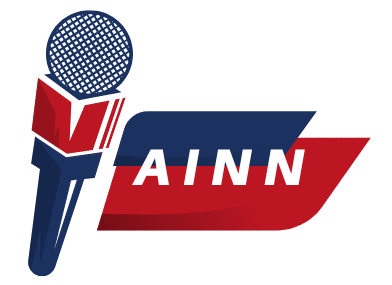Artificial Intelligence is advancing faster than we’ve ever imagined, churning out innovations once confined strictly to the pages of science fiction. Deepfakes, AI-generated images, and even hyper-realistic voices—these technologies are now part of our everyday reality, significantly blurring the line between what’s genuine and what’s artificial. As these breakthroughs rapidly change how we interact with digital content, an important question emerges: **can you still recognize the difference between reality and AI-generated content?**
Let’s explore four major breakthroughs in artificial intelligence that have transformed the concept of authenticity, helping you better understand the possibilities and the potential risks involved.
## Deepfake Technology: Rewriting the Rules of Authenticity
Chances are, you’ve already encountered **deepfake technology**, especially when scrolling through social media. These hyper-realistic videos use advanced machine learning algorithms to convincingly replace faces or voices, making people appear to say or do things they never actually did.
For instance, deepfake technology has allowed filmmakers to digitally “resurrect” iconic actors or let users seamlessly swap faces with celebrities for entertainment purposes. But this impressive capability isn’t just entertaining; it has serious implications. Deepfake content can amplify misinformation, impacting reputation, politics, and overall credibility.
As the technology evolves, distinguishing genuine videos from fake ones has become increasingly challenging. Our human eyes alone often can’t tell them apart. Soon, specialized software and digital literacy may become essential tools for navigating our media-rich lives.
## AI-Generated Art: Human Creativity Meets Machine Intelligence
Artificial intelligence hasn’t just stopped at video manipulation; it’s actively reshaping the art world, too. **AI-generated artwork** has begun to blur the boundaries between human imagination and algorithmic creativity. Platforms like DALL-E, Stable Diffusion, or Midjourney can now create stunning visuals from a simple prompt, inspiring awe and controversy alike.
On one hand, creating art with AI means democratizing creativity—anyone can generate incredible imagery, regardless of their artistic abilities. On the other hand, artists and experts debate the authenticity and ownership of AI-generated pieces. Is it truly art if the piece wasn’t conceived through human passion and creativity? Or perhaps it represents a new collaborative frontier between humans and technology?
No matter where you stand, AI-generated art is undoubtedly changing perspectives and making us rethink the very definition of creativity.
## Realistic AI Voices: When Machines Sound All Too Human
Human voice synthesis may sound futuristic, and that’s exactly how technology felt a few short years ago. Today, we have access to **remarkably realistic AI voices**, capable of reading audiobooks, providing customer support, and even simulating influential celebrities.
The result? AI-generated speeches now sound uncannily human, complete with natural intonation, pauses, and emotions. Companies leverage this to add personality and warmth to chatbots, making interactions feel more human-like. Yet, as with deepfake video content, there’s a significant dark side. Advanced voice-cloning capabilities could lead to fraudulent activities, impersonating someone’s voice so convincingly it becomes nearly impossible to detect deception purely by listening.
For consumers, this means staying vigilant and informed is critical. It also highlights the urgent need for regulation and transparency around AI voice-generated content.
## AI-Driven Writing: Can Words Generated by Machines Move Us?
The written word hasn’t escaped AI’s grasp. **AI-driven writing tools** like ChatGPT, Jasper, and others are infiltrating blogs, social media, and even full-length novels. These AI writers effortlessly generate text indistinguishable from content crafted by professional writers, pushing boundaries and challenging traditional journalism, marketing, and literature.
AI-generated content, when used ethically, offers tremendous benefits; it automates routine tasks, saves time, and ignites creative inspiration, allowing humans to focus on more complex or strategic endeavors. The downside, however, is a potential decline in authenticity and trustworthiness online. Can readers confidently decipher AI-generated material from human prose? The answer isn’t always clear, further intensifying discussions about the evolving definition of authorship and originality.
## Conclusion: Embracing AI’s Influence with Caution and Curiosity
These remarkable breakthroughs in AI technology—deepfake videos, AI-generated art, realistic synthetic voices, and AI-powered writing—get us closer to a future where the distinction between real and artificial almost vanishes. While this technology is fascinating and full of potential, it equally poses threats related to misinformation, fraud, and authenticity.
As we navigate this digital transformation, technology literacy and awareness reign supreme. **Understanding AI’s capabilities** and limitations enables us to appreciate these advancements rather than fear them, empowering responsible, thoughtful engagement with modern media.
Curious to witness how quickly AI technology is blurring lines between real and fake? To explore these revolutionary AI breakthroughs deeply, you should definitely check out the full YouTube video—it’s eye-opening and informative. Click here and see for yourself!
